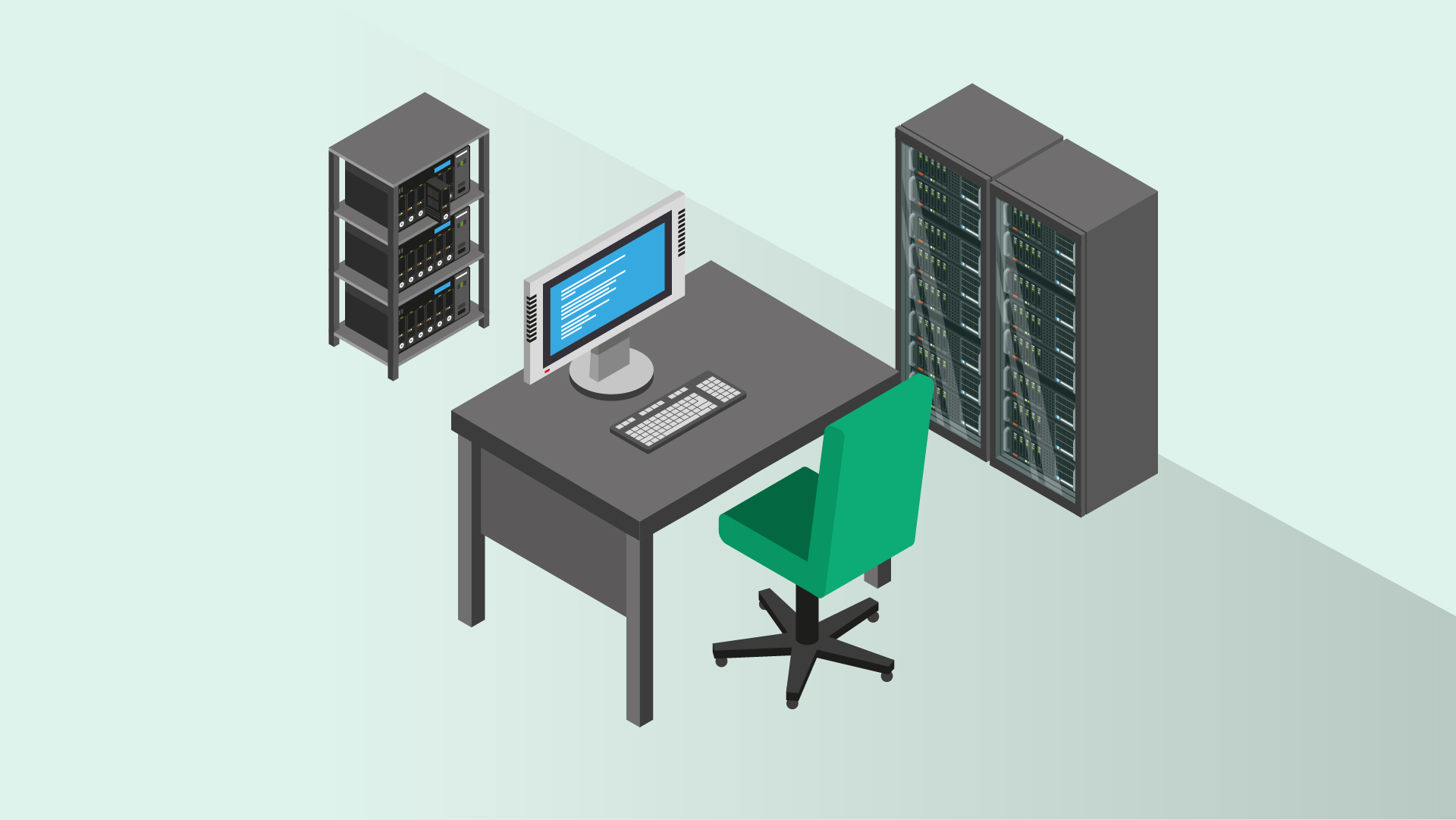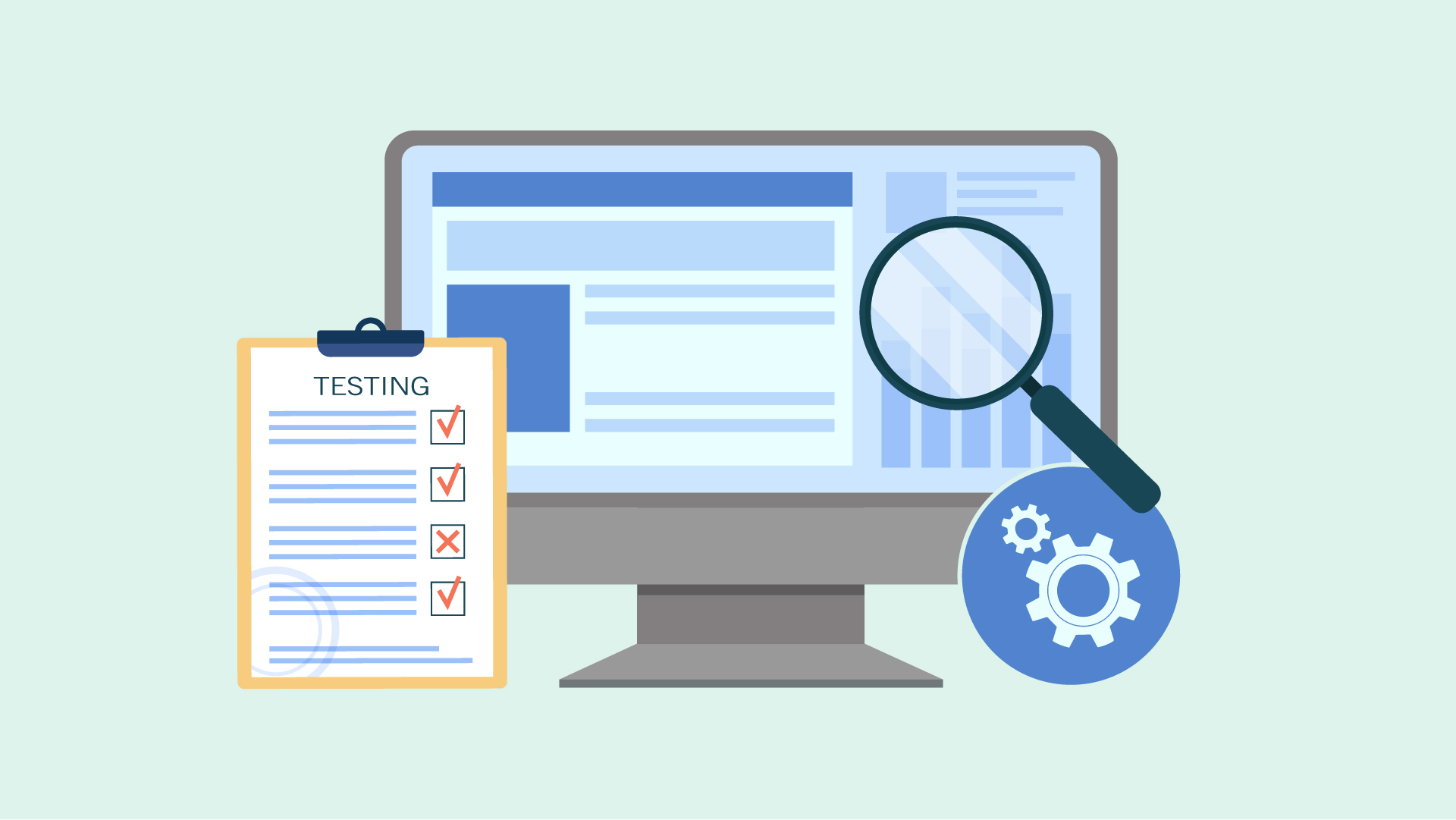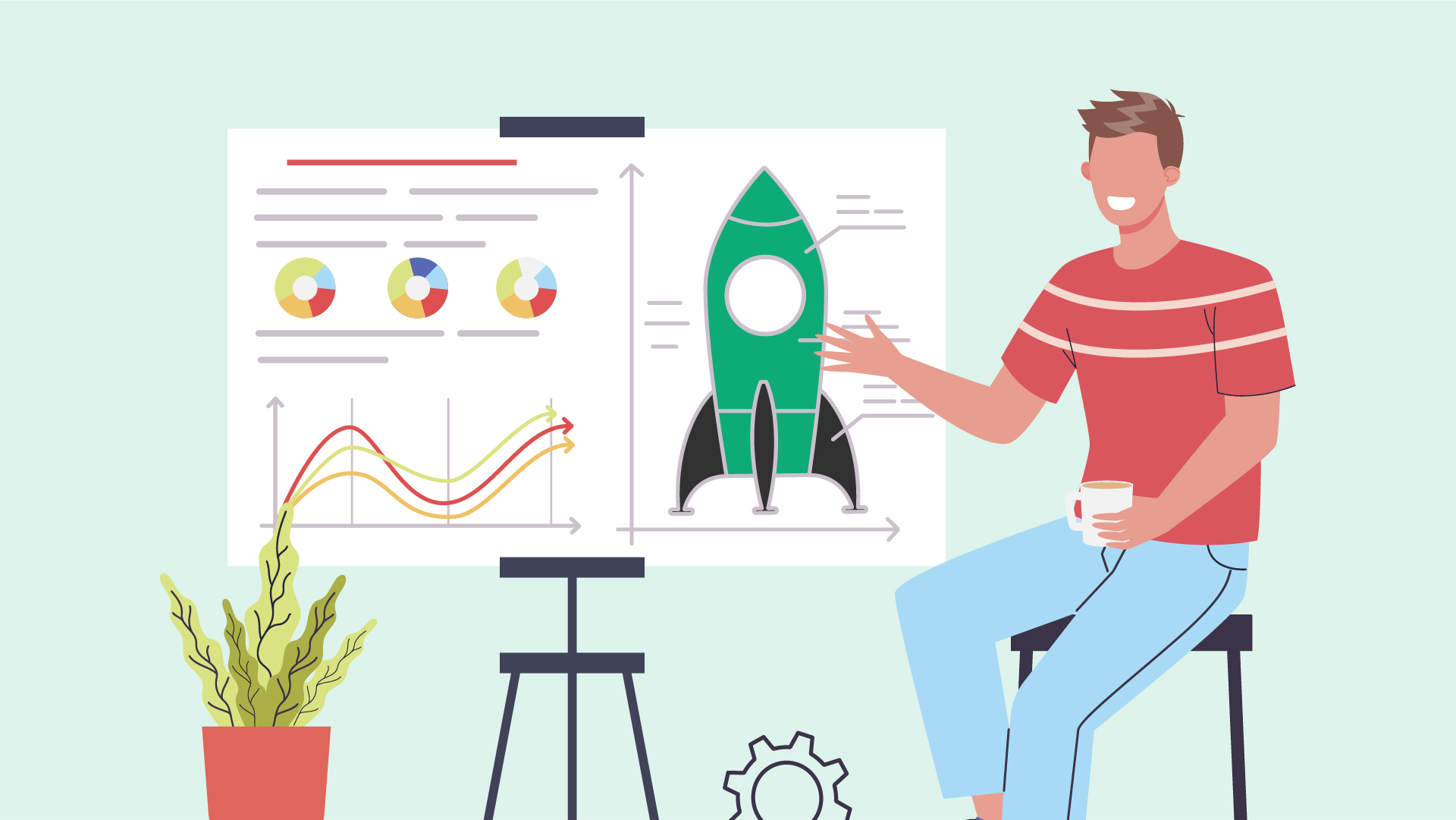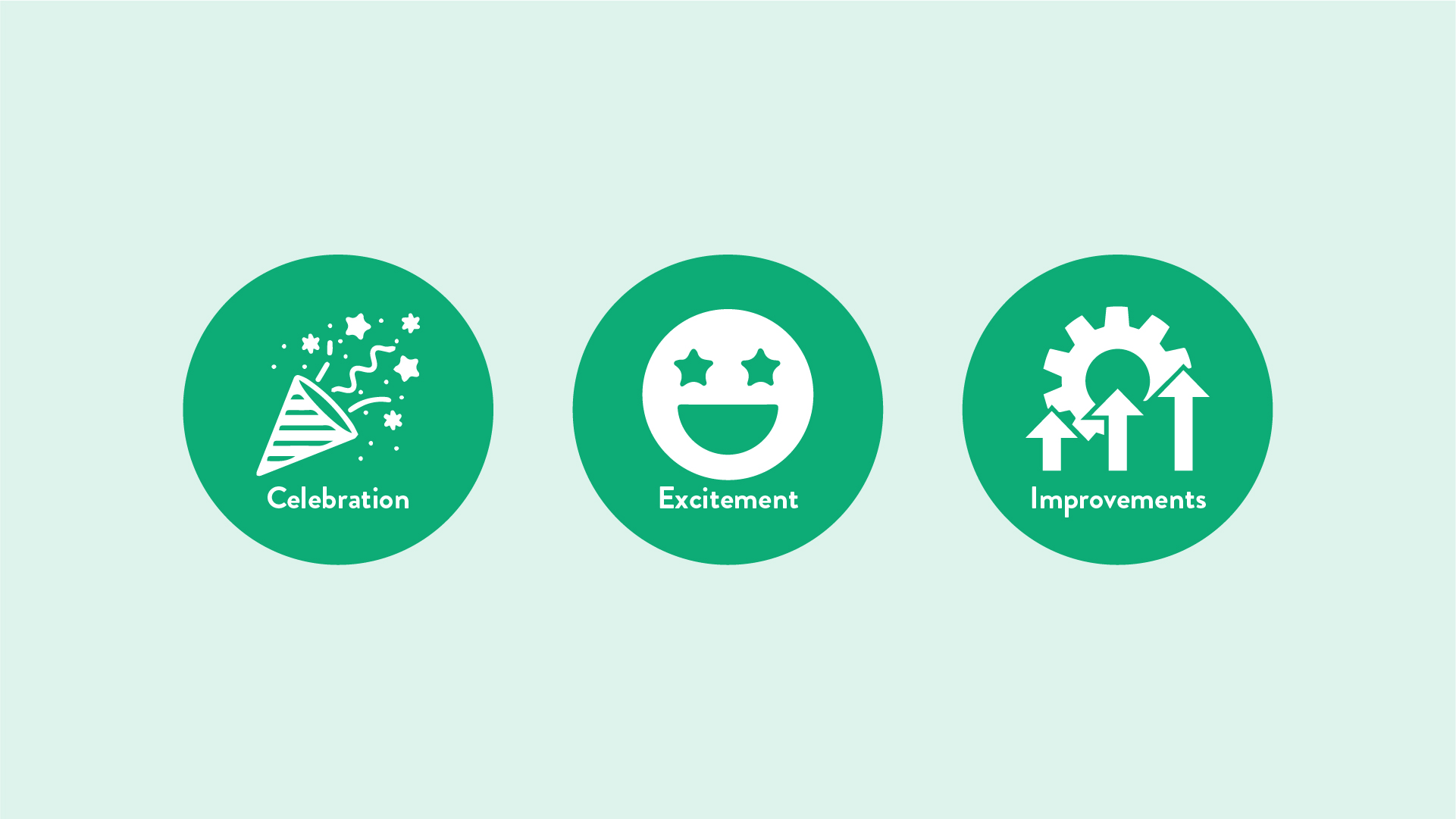Summary
- 10X ERP is revolutionizing the ERP implementation process. By focusing on our customers’ needs, we’re eliminating the common issues associated with traditional “Go Live” experiences.
- We introduce the “Launch Date” – a day managed directly by us at 10X ERP. This ensures alignment and satisfaction, taking you smoothly into the new era of your software use.
- The “Launch Date” is more than just a start—it’s a milestone! Like the launch of a rocket, it marks the exhilarating beginning of your company’s journey towards growth and expansion.
- Our implementation process is a well-planned mission with four stages: Discovery, Planning, Launch, and Orbit. We’re committed to optimizing the ERP solution to fit your specific needs, providing an efficient and enjoyable onboarding experience.
Your ERP system is at the heart of your day-to-day operations and the key to your ongoing success. Why is it then that so many an ERP implementation is the stuff of nightmares, despite well-documented and proven best practices in the market?
Sure, you could argue that product functionality is the most important thing here. Even though the road to utilizing the software is rocky, it’s the final product that matters the most. But often, the implementation experience is what dooms the entire product to failure. Even if the eventual ERP software experience is positive, the implementation can put the entire project in jeopardy, affecting alignment and adoption.
When ERP projects fail, it’s primarily because the alignment of needs was not properly identified in the implementation process itself. Poor user adoption, training failures, inefficient use of the software and its capabilities, or maintenance issues are just a few of the problems that come to mind. (You don’t have to dig too deep to find reviews to that effect). All this has resulted in the dreaded term “Go Live.”
Most concerning of all is that both customers and legacy ERP providers have accepted that lengthy, intimidating, anxiety-inducing and bug-ridden ERP implementations are the norms, not the exception. Many ERP providers issue warnings on their websites and even in sales decks foreshadowing complex and difficult go-live processes. We could argue that the first thing that has to change is the collective attitude about implementation – specifically a shift towards full-service ERP providers.

At 10X ERP, we have re-engineered both the traditional ERP product and the entire ERP journey. We’ve spent years not only studying the stages of successful ERP implementation but also talking directly with business owners/leaders and end-users about their real experiences throughout the ERP implementation process. We believe that the best way to serve our customers is being a full-service ERP provider, from the first discovery call and beyond implementation. Let’s look at what we’ve found during our research and, more importantly, what we’ve done to reinvent the ERP software experience for our customers.
Rethinking and Rebranding The Traditional ERP Implementation Process
Implementation woes may be considered the norm now, but it shouldn’t be…not when there’s a better way of doing things.
In the traditional ERP implementation process, businesses either hire third-party consultants (at a hefty premium) to lead the implementation process or appoint internal IT leaders to oversee it themselves. The process culminates with a “Go-Live” date where the business switches from its old system to the new software solution. This date is often dreaded by business leaders because it’s so firmly associated with widespread, significant business disruption. According to a paper by Panorama Consulting, more than 75% of companies experienced at least 1-2 months of operational disruption, with almost one in three experiencing more than 3 months of disruption due to an ERP implementation.
We believe the key to successful implementation is a holistic approach that can utilize various partners and resources but is supported closely by the ERP provider.
When we launched 10X ERP, we decided early on to ditch the “Go-Live” moniker (and its associated challenges) and refer to the implementation day as the “Launch Date.” We also decided to oversee the implementation process ourselves as your full-service ERP partner. Here’s why:
- The company that develops the software is best positioned to launch and maintain it
Because we’ve developed the software, we’re in the best position to ensure you get the most value from it. Not only during implementation but during the ongoing usage of the software. This has enriched our company too – as a full-service ERP provider, we’ve dealt with numerous requests from customers in a range of industries and can efficiently and painlessly integrate an idea into our ERP software at any time. And by focusing on user happiness and having direct contact with our users, we are more responsive to market demands in product updates. We’re not just interested in selling our software – we want it to be the fuel to exponentially scale your business now and into the future.
- It’s simpler and more economical for everyone involved
When a full-service ERP provider runs the implementation of the ERP system, interests are aligned. Both parties are committed to getting the ERP solution up and running in the shortest timeframe possible, without drawn-out contracts and renegotiation or painful module mapping. And both want the entire onboarding experience to be user-friendly and unintimidating to accelerate usage, adoption, and business growth.
- Modern ERP systems shouldn’t need full-time personnel to run optimally
A modern ERP should be designed to eliminate the need for full-time admins of the system. Simple, detailed product guides and direct user support should be available right in the app as part of a positive ERP software experience. Intuitive and user-friendly interactions should nearly eliminate excessive onboarding and training time. Post-launch, having a direct link to ERP developers through a full-service ERP partner to optimize your system reduces costs to the business and steers product and performance improvements quickly – it’s a win-win.
The ERP Implementation and Launch Process

Best practices and necessary steps in the ERP implementation process are well-documented, and there’s no need to deviate from that. However, it’s important to approach those steps with the customer in mind. Most customers aren’t ERP experts, and forcing them to make decisions without the insight and experience to inform those decisions is unfair, stressful, and ineffective.
Our own implementation process runs in four pivotal stages: Discovery, Planning, Launch, and Orbit.
Discovery

The discovery phase is the first (and maybe the most crucial) phase of a successful, efficient implementation. This is when we identify the launch team (the team who will give the “GO” for launch), goals of a successful implementation, a company’s business processes and migration needs, and areas for optimization. In short, who will the team be, what does the customer want, what do they have, what do they need?
Most businesses understand their existing requirements, but cannot be expected to know ERP-specific processes and best practices that have been refined over years that they can benefit from. This is why the ERP software team is best equipped to handle the implementation – they not only understand the ins and outs of the software but also how it may interact with the clients’ internal systems and processes. If done right, discovery starts during the sales cycle and continuously examines departments, business processes, and objectives to best optimize a solution.
Planning

As the saying goes, failing to plan is planning to fail. Going into any implementation without a plan of action leads to failure. In planning, we outline the detailed steps to be taken to accomplish a successful implementation. Once the discovery is complete, we map the software to your business data and optimize its features to fit the specific needs of your company. We’ll then test your 10X ERP instance with the launch team to ensure everything works perfectly, then start user training. Planning prepares internal stakeholders and helps manage their expectations early on, alleviates the anxiety and fears about the launch, and creates excitement for your company’s future.
Launch
Rather than provide a single Go-Live date (that’s missed >90% of the time), we provide a launch window based on the detailed project plan we built after the discovery phase. This allows us to set expectations and manage the process carefully (and reduces the stress!). Just like any conventional rocket launch, the conditions need to be ideal, systems tested, users trained, and go for launch signed off by stakeholders. Once these areas are complete, we initiate the launch countdown, complete with a timer, right in your 10X ERP instance!

On launch day, our team will be onsite to ensure everything goes smoothly. Our developers will also be on standby, ready to support a smooth transition. This should be a day of celebration for you and your employees, and we treat it as such.
Orbit
In astrodynamics, the orbit phase is a period of adjustment. Post-launch, it’s a good time to review and reflect. We hold a launch team retrospective to learn how to be better, and to kick off our ongoing partnership. Now, you’re actively using your ERP system and exploring the features, and will find ways it can be improved or better interact with technological innovation over time. Adjusting your ERP to match your evolving needs shouldn’t be disruptive. We foster lifetime relationships with our partners and use the Orbit phase to provide seamless adjustments to your ERP so it always provides the greatest value to your growing business.
Conclusion

An ERP implementation should signal celebration, excitement, and improvement in your business – not disruption, wasted expenditure, and unhappy employees. If you’re ready to move beyond the status quo, reach out to 10X ERP. As your ERP partner, we are committed to providing a feature-rich, modern, and robust solution for your business, and we are dedicated to ensuring a painless and unintimidating implementation from start to finish.
